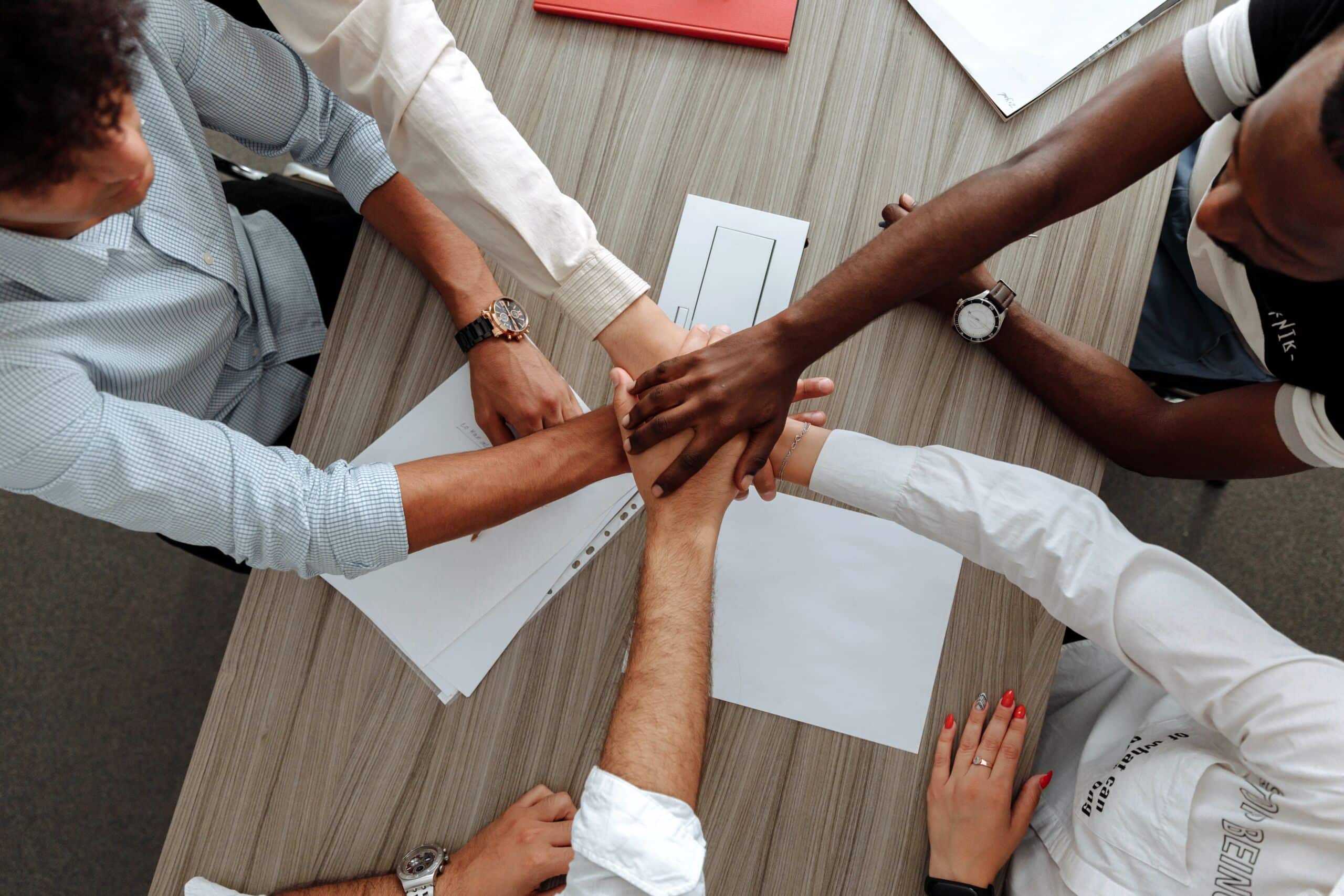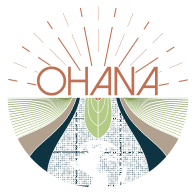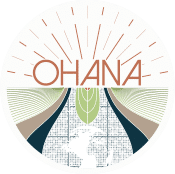
How to Collaborate With Stakeholders in the Policymaking Process
It’s already hard enough to navigate European policymaking in its own right: being ready at any moment with your position papers, knowing the right people to connect with, and knowing what’s coming up in the world of legislation.
Even if you have a solid approach to sustainability, as in you:
- Monitor legislation
- Maintain strong relationships with policymakers
- Have a political engagement strategy
But it’s not just your effort that counts. There are so many wheels spinning in policymaking, so many stakeholders and factors. One sustainability department from a company might not have enough resources alone to make an impact.
That’s why it’s a good idea to collaborate with other stakeholders in your policy efforts: other businesses, NGOs, and other kinds of non-profits who share the same goals as you may help you make a real impact.
Want someone with deep experience and connections in the EU to help guide your sustainability strategy? Get in touch!
What does collaborating with stakeholders mean in policymaking?
Stakeholder collaboration is when two or more businesses or organisations join forces toward a shared goal. That means you could write papers together, organise events (with invites for policymakers), and present your position as a team.
As an example, IKEA partnered with WWF to promote responsible forestry, better cotton cultivation and to fight climate change. IKEA wants to become a more sustainable company, and WWF was looking for a strong partner to help them achieve their global conservation targets.
Together, they launched projects like combating illegal logging and related forest crime in Russia, China, Bulgaria and Romania by working together with authorities in those countries.
Benefits of collaborating with other stakeholders
The main benefit of businesses collaborating with other stakeholders, whether other businesses or non-profits, is that together, you have a stronger voice. The ideal partnership is for a business to work together with an NGO.
Working with an NGO gives more weight behind your position. If a company and an NGO share objectives, why not work on a paper together, or launch a joint campaign? It’s very powerful.
How do you find stakeholders to collaborate with?
The first step is stakeholder mapping.
Stakeholder mapping
A stakeholder map is like a political chessboard where you see all the other stakeholders (NGOs, member states, MEPs, etc.). The first step here is to define all the stakeholders: who has interest in the objective you’re working toward? To do this, we recommend looking at the online public consultations and look through all the feedback. That’s where you’ll find people with the greatest interest.
Then you should analyse them: who has impact and who has influence?
Connect the dots and see how they’re related with one another. Where are you on this map?
Read their position paper or their contribution to the consultation. Are they the same as yours? Do they support the same point overall? What are the differences?
It’ll start to become clear who can become allies or not.
At Ohana Consultancy, we create a spreadsheet with all the stakeholders. We highlight in green who should be easy to start a conversation with. Yellow means it might be complicated and there are several touch points. Red is to forget. These are just some of the ways we help our clients.
At this point, you should be able to find potential alliances and tensions based on each party’s goals.
Mistakes businesses make in talking to stakeholders
The main problem that businesses face when looking for stakeholders to partner with is fear. They’re afraid to stand too strongly on an issue or to be too close to issues that might be touchy. They’re afraid that NGOs will attack them for not being strong enough, or that their customers won’t appreciate a strong political stance.
But collaborating with stakeholders doesn’t mean you have to agree on every point. You can be proactive and still hold your business objectives and values. When you sign a joint paper with an NGO, it just means that you agree on that specific point. Even if you don’t sign a joint paper, you can mention to policymakers that you’ve been speaking to a certain NGO and that you both agree on a certain point. In any case, expect to negotiate with the NGOs.
Prioritizse transparent dialogue and be clear on your goals and stance, and you’ll find the right stakeholder to collaborate with.
Want someone with deep experience and connections in the EU to help guide your sustainability strategy? Get in touch!
Join our newsletter to keep up to date with the latest news and information coming out of the EU.




